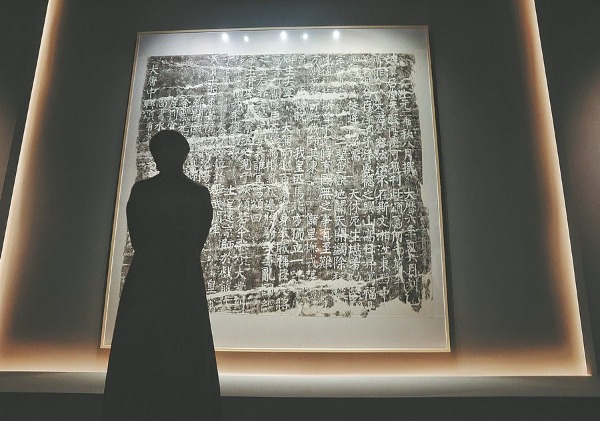

Cliff inscriptions
Moya, or inscriptions carved on polished cliffs, are a distinctive, centuries-old art form in China. People in ancient times believed that common media for writing, such as bamboo, paper and silk, would be easily ruined, while stones and rocks would help to preserve characters. They carved, often in large sizes, inscriptions on cliffs and mountains so as to inform and educate people of the future about the past and noted figures and their accomplishments. Yongzhou in Hunan province of Central China is reputed for its moya cliff inscriptions, serving as an example of fine calligraphy with historical and cultural significance. A long-term exhibition at the National Museum of China in Beijing shows a selection of rubbings of moya writings and characters from the Tang Dynasty (618-907) to modern times. Yongzhou was the habitat and destination of traveling of several established artists and intellectuals such as Liu Zongyuan the noted writer and politician who lived between the eighth and ninth centuries. And the works on show reflect the cultural attainment of some of these figures and their social concerns. When one gazes at the writings on show, one can picture a stroll along the original landscapes, as well as the natural scenery of Yongzhou, which nourished the minds of people centuries before.
9 am-5 pm, closed on Mondays. 16 East Chang'an Avenue, Dongcheng district, Beijing. 010-6511-6400.